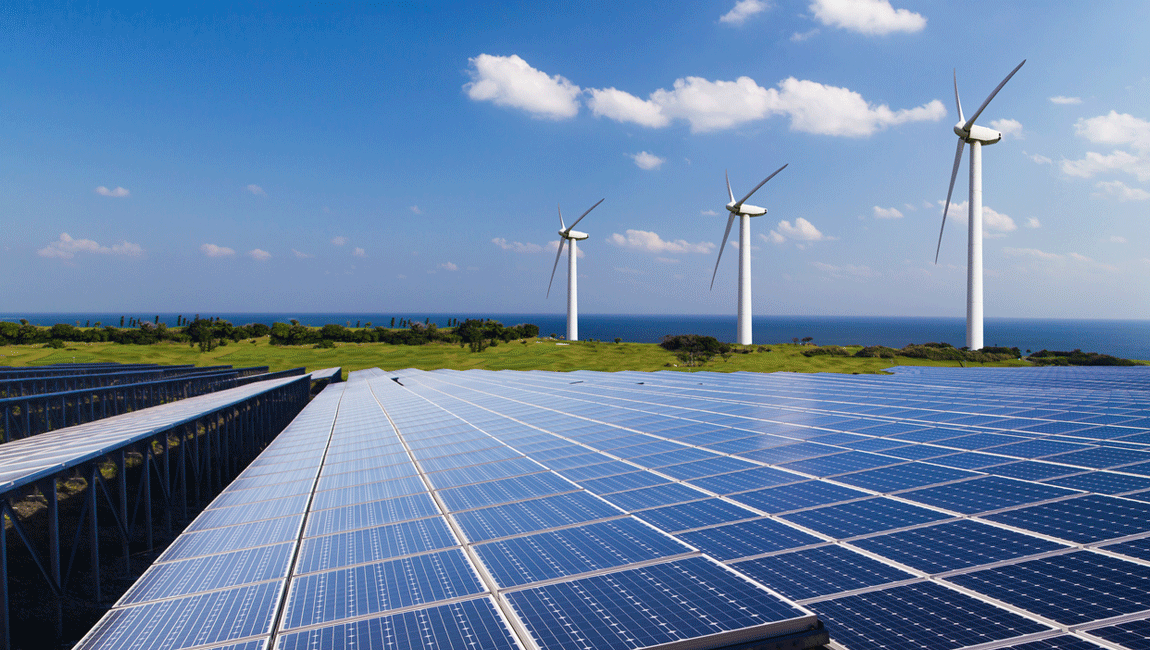Renewable energy: how the grid can slow it down

Research increasingly shows that in the not-so-distant future, building new wind and solar plants will be less expensive than continuing to run coal-fueled power stations. That’s globally, and it’s good news. Most policymakers, citizens and key stakeholders are now in agreement on the many environmental and economic incentives of transitioning to renewable resources.
Yet, even as renewable energy is growing, numerous solar and wind projects face a shared problem: getting the energy from where it’s made to where it’s needed. The United States in particular has some compelling cases of this, as explored in a recent deep dive on the topic in the technology magazine Wired. But variations on the problem can be found globally.
Structural problems with the grid in a changed world
Electrical systems are becoming more multifaceted and dynamic, and power generation less centralized, which puts the grid at risk of destabilization. The United States installed its first “long-distance” power line – covering roughly 22.5 kilometers – in 1889. But the problem of getting energy where it needs to go, and all the changes brought on by renewables, seems inevitable when one considers how the grid was set up. The US power grid in particular has long been designed for energy to be consumed close to where it is produced. With the advent and ongoing adoption of renewables, distance, these days is becoming more common – think wind farms lining remote mountaintops or solar plants peppered throughout the desert.
But the grid is not exactly well-prepared for change of this magnitude – and it’s a structural issue, not a quick fix. Economist and grid researcher Seth Blumsack told Wired that the US grid “wasn’t designed for what we do with it now, let alone what we want to do with it, with all sorts of renewables.” No matter how inexpensive or planet-friendly new solar and wind sources may be, without changes to the existing grid, they come with transmission complications.

Grid connection of renewable resources
The problem of energy transmission is particularly pronounced for as-yet unbuilt renewable plants. Hundreds of key renewable projects are put on hold annually – often when already in advanced phases – due to the steps and costs involved in upgrading transmission lines.
One solution some experts and companies have proposed is making the existing grid carry more power rather than focusing on developing new lines (that very often may not be approved or installed in a timely manner). Fortunately, power lines are not often used to their maximum capacity. Less fortunately, conservative caps on how much power these lines can carry were set decades ago in a different world, with different ideas about engineering. The goal is to move away from this and have today’s line owners monitor these systems more attentively, resulting in a higher energy output from the congested areas, and paving the way for key renewable projects to be reactivated.
New technologies from companies like the US-based LineVision are being introduced that can mitigate or even transcend the limitations of power lines. A key consideration is always the heat that lines generate as a current moves through them – if power increases too hardily, lines will begin sagging as wires get hot and expand, creating the risk of a fire. These sorts of imagined disasters have brought about standardized limits, though, rather than careful monitoring of individual lines. What companies like LineVision do is set up “sagging sensors” that can ultimately almost double lines’ capacities.
The bottom line? Increasingly, experts, researchers and energy sector stakeholders are noting that the mentality of unfettered building and introduction of new plants is flawed. What’s needed instead is a series of grid-enhancing tools that build upon the existing network and focus on using it in more efficient and environmentally sound ways. Additionally, closer collaboration is needed between the people who own and operate transmission lines – a crossover of public and private entities – and those building the renewable plants that will ultimately connect to them.




